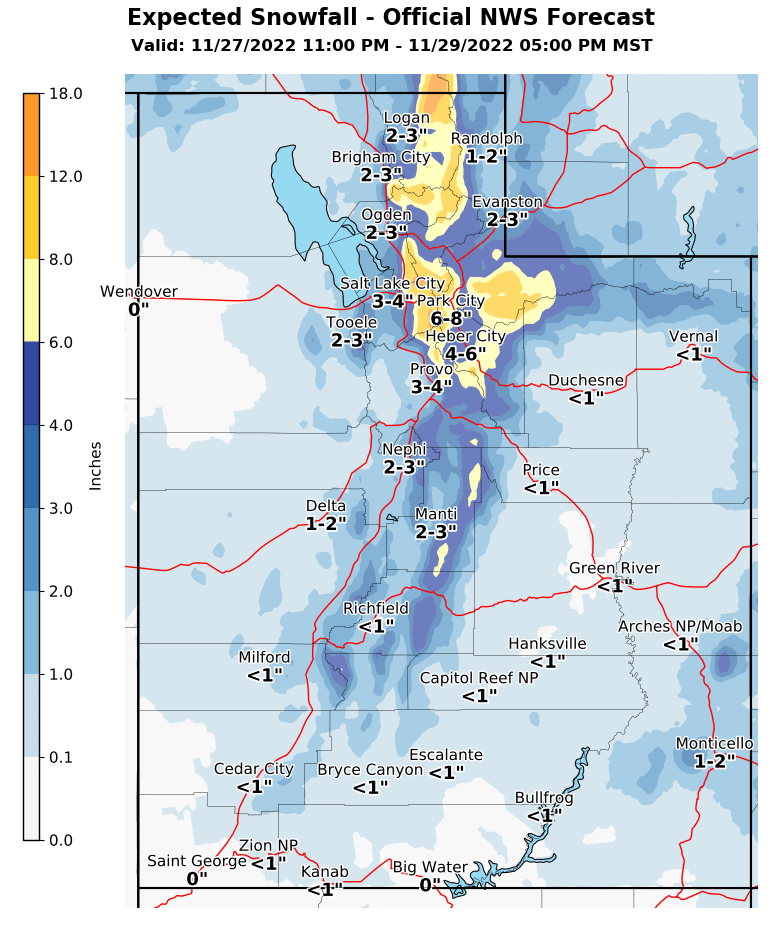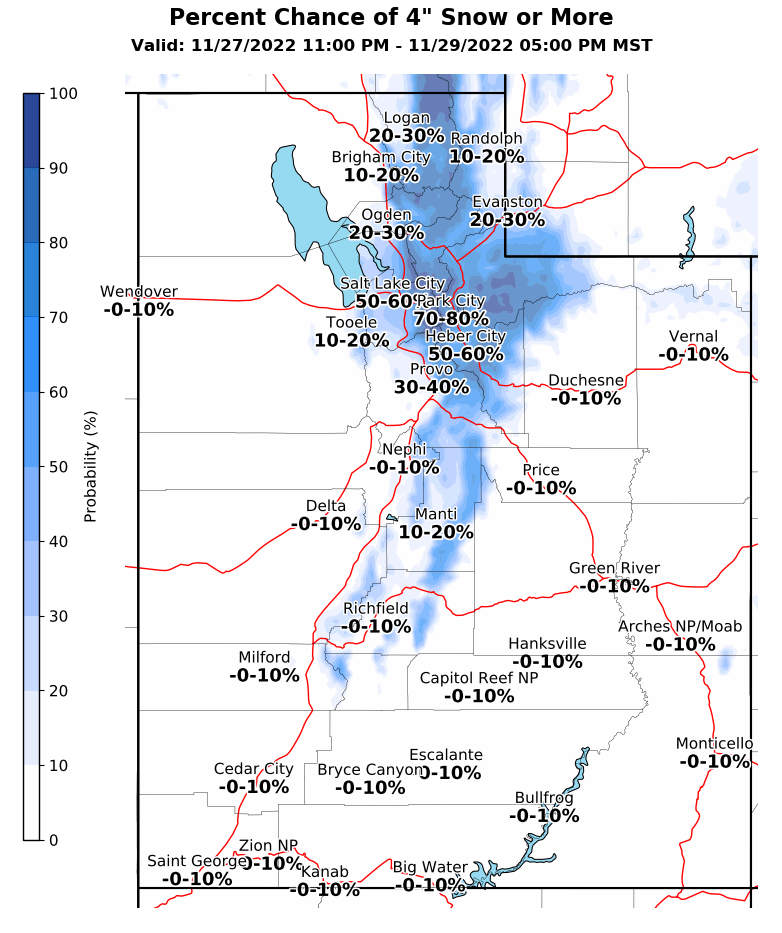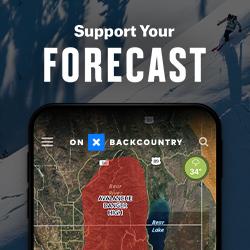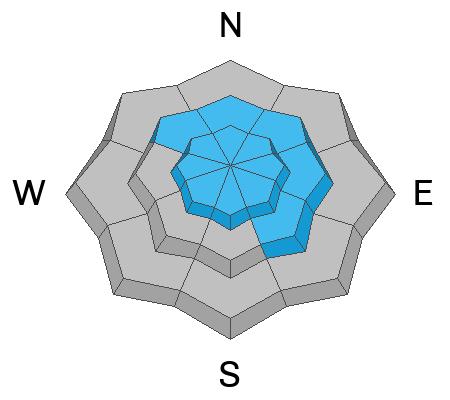Forecast for the Uintas Area Mountains

Issued by Nikki Champion on
Monday morning, November 28, 2022
Monday morning, November 28, 2022
This morning the overall avalanche danger is LOW rising to MODERATE as the storm develops.
The danger will rise to MODERATE on all upper-elevation slopes and mid-elevation NW, N, NE, E, and SE facing slopes where today’s new snow may produce some long-running sluffs, and possibly some soft slab avalanches where the new snow rests on old, weak faceted snow.
Additionally, the elevated wind may create small unstable slabs of wind-drifted snow.
There is still a significant danger of hitting rocks, stumps, and other obstacles. These hazards will be hard to see, but they will be easy to hit as they become covered with new snow. Go slow and be careful.

Low
Moderate
Considerable
High
Extreme
Learn how to read the forecast here







